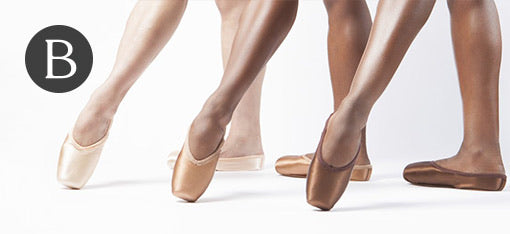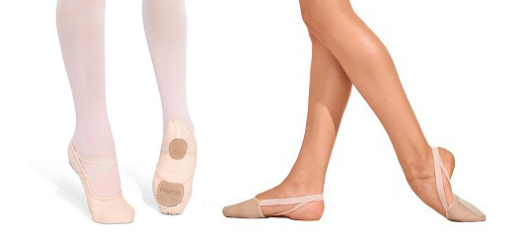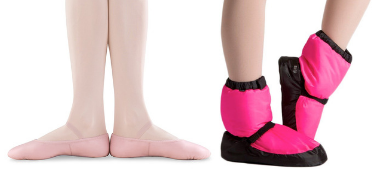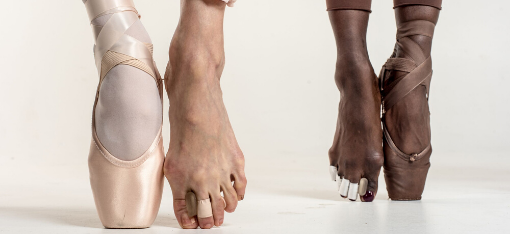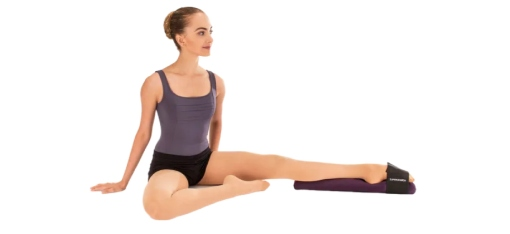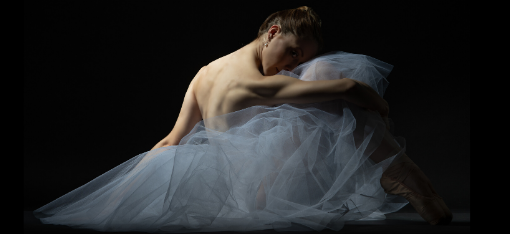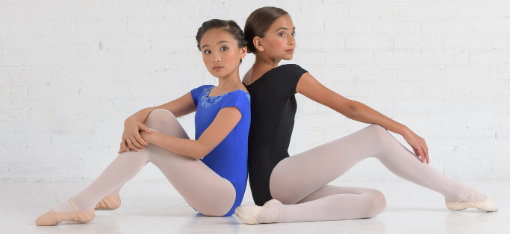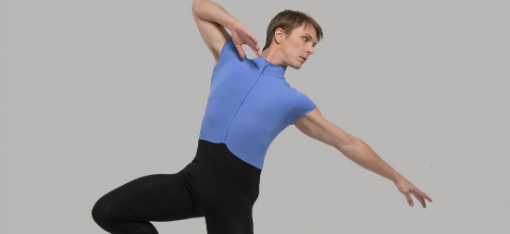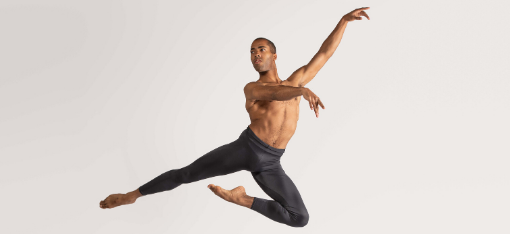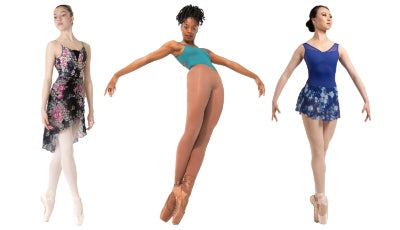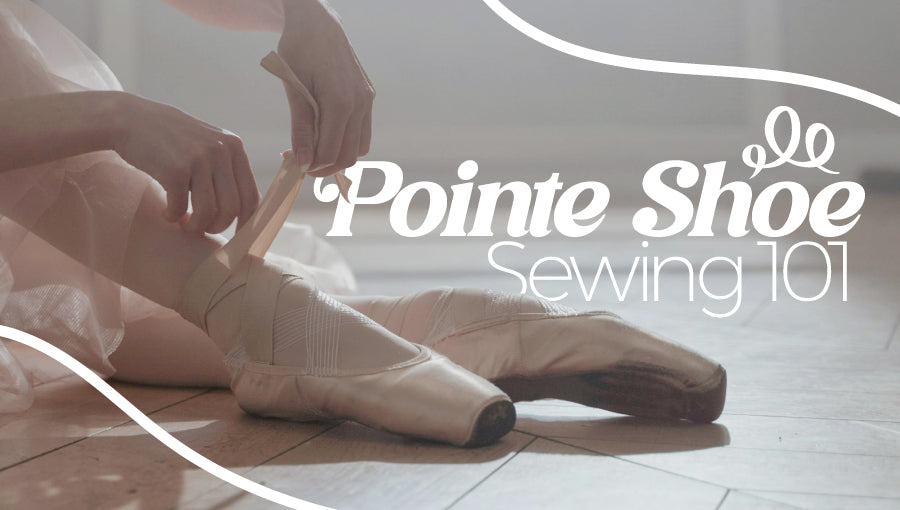Tips to prevent sickling
In dance, sickling of the foot is a break in the line of the foot, such that the ankle rolls out when a dancer points the foot or goes up in relevé. Sickling of the foot is not desirable visually in dance, but it is also a significant risk factor for injury. A sickled foot represents one that has an imbalance in strength, namely around the “stirrup” muscles. The stirrup muscles are responsible for rolling the foot inward and outward, but also help hold the ankle in line when in relevé. When an ankle is weak in these muscles, a dancer is more susceptible to ankle sprains, tendinitis, and impingement syndromes. Weakness in these muscles also makes going up en pointe a significant struggle and can be a factor that holds students back from progressing successfully into pointe shoes.
We've asked Dance Medicine Specialist, Dr. Carrie Skony for her Tips on Sickling:
Check Your Line
You can check for sickling in your foot by drawing an “X” on the front of your ankle and again at the base of your 2nd toe (as pictured), then draw a line to connect the two. Next, watch your foot as you tendu and as you relevé, in parallel, and in turned out. A strong ankle will consistently produce a vertical line in the foot. In a sickled foot, the line will veer outward, and indicates that more strength is needed. I recommend watching your feet like this through an entire class. Your line may be very different at the beginning of class versus the end of class, or in adagio versus allegro.



Master these 3 exercises to fix sickling:
Ankle Eversion: Sitting on the ground with your legs straight out in front of you, loop a resistance band under your forefoot on one side and hold the band in place with the other foot. Roll your working ankle all the way up and out against resistance, and relax slowly down and in. Focus on achieving full range of motion and using only the ankle. Keep your knee straight and facing the ceiling to make sure you are not rotating at the hip. Repeat 10-20 reps, 3 sets on each side, daily.
Pointe with Pull: While still sitting on the ground with your legs straight out in front of you and a resistance band looped under the forefoot, pointe and flex your working foot while the resistance band tries to pull your foot into a sickled position. You will have to recruit your “stirrup” muscles to consistently hold your foot in a neutral line, avoiding both sickling and winging. Make sure and work through your entire range of motion of the ankle. Repeat 20 reps, 3 sets on each side, daily.
Ball Squeeze Relevé: Standing in parallel, place a small inflated ball or a Pilates ball between your ankles. Lightly press into the ball with your ankles as you relevé slowly up and down, watching your feet to maintain a vertical line to the floor. Focus on pushing your weight through the 2nd toe into the floor. Repeat 20 reps, 2-3 sets, daily.
It’s important to train your muscles in the manner in which you intend to use them. So, once you’ve really mastered these exercises in a slow and controlled manner, work on gradually increasing your speed, while still maintaining correct form, control, and full range of motion. It’s imperative to have strong ankles in both slow and quick movements. For best results, complete these exercises 5-7x/week and don’t forget to stick with it! You can anticipate increased awareness immediately, and noticeable change in both your line and stability within a couple months.
 Dr. Carrie Skony is a Certified Chiropractic Sports Physician® and a dance medicine physician. She is owner of PERFORM Active Wellness + Dance Medicine in Lisle, IL and treats dancers throughout the Chicago area. You can learn more about Dr. Skony at www.drcarrieskony.com or follow her on Facebook, Twitter, or Instagram
Dr. Carrie Skony is a Certified Chiropractic Sports Physician® and a dance medicine physician. She is owner of PERFORM Active Wellness + Dance Medicine in Lisle, IL and treats dancers throughout the Chicago area. You can learn more about Dr. Skony at www.drcarrieskony.com or follow her on Facebook, Twitter, or Instagram


